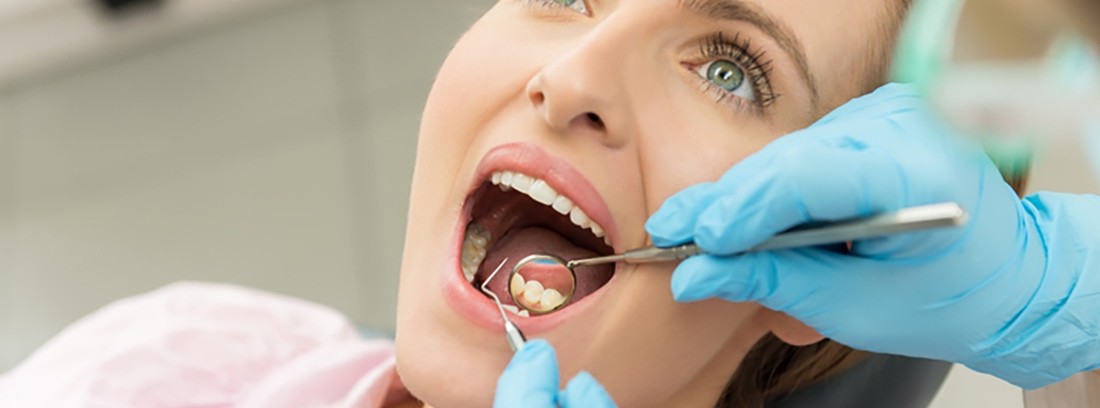What is dental cleaning?

It is usually carried out with ultrasound devices, although there are cases in which it is necessary to do it manually. It usually precedes dental prophylaxis, that is, the process that consists of polishing the dental surface with a rubber cup in order to finish removing stains and, above all, to achieve a smooth surface, thus making it difficult and delaying the formation of bacterial plaque and dental calculus.
Why does tartar appear?
People develop more or less due to the type of saliva, which is also inherited. The way to prevent it is very simple: it is about having a brilliant dental hygiene, with a suitable toothpaste, rinses and especially the use of dental floss or dental floss.
It hurt?
In general, dental cleaning is a painless procedure. However, some people with severe dental hypersensitivity can find it uncomfortable. In case we do not go to our usual center, it is recommended to notify of this problem, since in this type of patients it is advisable to carry out the treatment under local anesthesia. In the same way, it is convenient to carry out dental prophylaxis with a special paste and then give some guidelines to minimize discomfort in the first days after the treatment.
Can it be done with implants?
Dental cleaning with ultrasound can be carried out without problems in implant patients as long as the tips used are appropriate for it.
Who should do it?
The scalectomy It is recommended to all those patients who have tartar. The dental calculus is deposited over time, in the same way that the lime of the water is deposited, and to maintain healthy gums it is necessary to remove it.
Dental cleaning should be done at least once a year. Depending on the needs of each patient, they should be done more frequently or not. There are people who are more prone to deposit tartar. These people are likely to have to perform hygiene more frequently. The dentist will recommend the most appropriate regimen in each case.
- When: at least once a year.
- Who: everyone who has tartar.
- Why: To keep gums healthy and prevent inflammation, bleeding, or infection.
(Updated at Apr 14 / 2024)